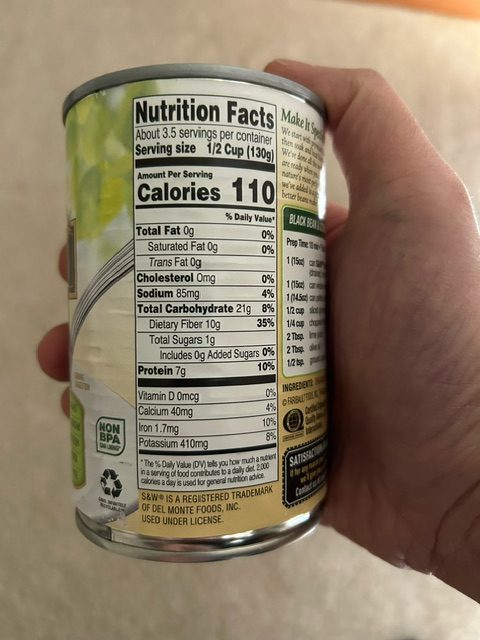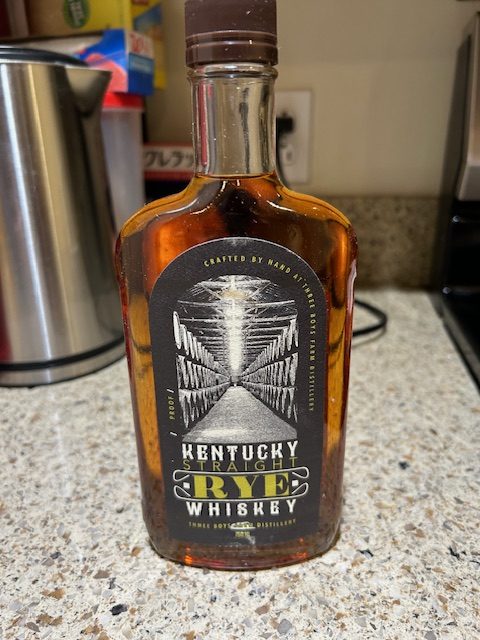One of the key aspects of preparedness is having a well-stocked survival food pantry. Whether you’re facing natural disasters, power outages, or other unforeseen events, having access to a sufficient and nutritious supply of food can be a game-changer. Here’s how to stock your survival food pantry to ensure your family remains nourished and secure in any situation.
Building an emergency food supply is an ongoing process and there is no better time to start than now.
Understand Your Needs
Before you start stocking up, it’s essential to understand your family’s dietary needs and preferences. Consider any allergies, dietary restrictions, and the caloric intake required for all family members. A good rule of thumb is to have at least a three-week supply of food for each person.
Figure Out Caloric Intake
Knowing these numbers will help you understand how many days supply you have.
An adult woman consumes between 1,600 to 2,000 calories a day and an adult man consumes from 2,000 to 2,500 calories a day. Caloric needs increase with weight and activity. As a 6’2, 180lb man, I’ve pinned my requirement to about 2,000 calories a day to maintain my weight. That said, I could probably lose 10-15lbs and my health and strength would not be too affected.
Focus on Non-Perishable Foods
The cornerstone of any survival food pantry is non-perishable items. These foods have long shelf lives, requiring minimal to no refrigeration, preparation, or cooking. Here are some staples:
- Grains and Carbohydrates: Rice, pasta, quinoa, oats, and cereals provide essential energy and comfort. Store them in airtight containers to extend their shelf life.
Use small packs of oxygen absorbers when storing grains. Absorbers are packets filled with iron powder that oxidize and absorb oxygen when exposed to it. Doing this extends the shelf life of dry foods and grains, and helps to keep them free of mold.
Tip: beans are some of the most cost-effective, long-lasting, nutritious foods to start your survival food supply with. A 15oz can of beans can be stir-fried with onions and spices, combined with cheese and rice to make a delicious burrito and feed three in a serving. Each burrito would amount to roughly 500 calories.
8x15oz slabs of S&W black beans at Costco cost about $10. That’s 30,800 versatile base calories for $100!

- Proteins: Canned meats (chicken, tuna, salmon), beans, lentils, and nut butters are excellent protein sources that store well.
- Fruits and Vegetables: Canned and dried fruits and vegetables ensure you get necessary vitamins and minerals. Look for low-sodium options and dried fruits without added sugar.
- Dairy: Powdered milk and shelf-stable milk alternatives (soy, almond) provide calcium and vitamin D.
- Fats and Oils: Essential for cooking and caloric intake, store olive oil, coconut oil, or ghee. These fats have a relatively long shelf life and are versatile.
- Butter: I like Red Feather butter from New Zealand. It’s pricey, but tastes as good or better than many fresh butters, and has a long shelf life. In fact, there is no expiration date on the cans, just the canning date. Only two ingredients go into it: pasteurized cream and salt.
Don’t Forget the Essentials
- Water: Store at least one gallon of water per person per day, for at least three weeks, for drinking and sanitation.
- Salt, Sugar, and Spices: These not only make food taste better but are also important for preserving food and maintaining body electrolyte balances.
I keep a cabinet stocked with Cholula, Sriracha and Lao Gan Ma. - Comfort Foods: Chocolate, tea, coffee, and other comfort foods can improve morale and mental health during stressful times.
- Alcohol: Keep some hard alcohol on hand for drinking and also for bartering. Wine tastes great, but it requires more careful storage. I don’t want to use my emergency power generator to keep my Eurocave running in a survival situation!
Whisky, bourbon, rum, vodka, tequila are perfect sauces.

Consider Specialized Survival Foods
For longer-term preparedness, consider adding specialized survival foods to your pantry:
- Freeze-dried Meals: Offer a variety of meals, just add water. They are lightweight and have a shelf life of up to 25 years.
I haven’t tasted any that I would voluntarily eat, but they serve a purpose. - Meal Replacement Bars: High-calorie, nutrient-dense bars can be a quick meal on the go. Keep some of these in your bug-out-bag.
- Emergency Ration Bars: Designed to provide balanced nutrition for extreme situations, these bars have a long shelf life.
Storage and Rotation
- Keep It Cool and Dry: Store your food in a cool, dry place to prevent spoilage. Basements or closets away from heat sources are ideal.
- Organize and Rotate: Use the first-in, first-out principle. Label and date all items, and use the oldest items first to keep your stock fresh.
- Inventory Management: Keep an inventory list to track what you have and what you need to replenish.
Practice and Prepare
Finally, familiarize yourself with the foods you’ve stored. Practice preparing meals using only your pantry items to ensure you’re comfortable with your emergency food options. This will also help you identify any gaps in your pantry.
Start Now
Stocking a survival food pantry is an ongoing process that requires thought, preparation, and maintenance. By focusing on non-perishable, nutritious foods and considering your family’s unique needs, you can create a comprehensive pantry that provides peace of mind and security in any situation. Remember, the best time to prepare is before an emergency strikes.
